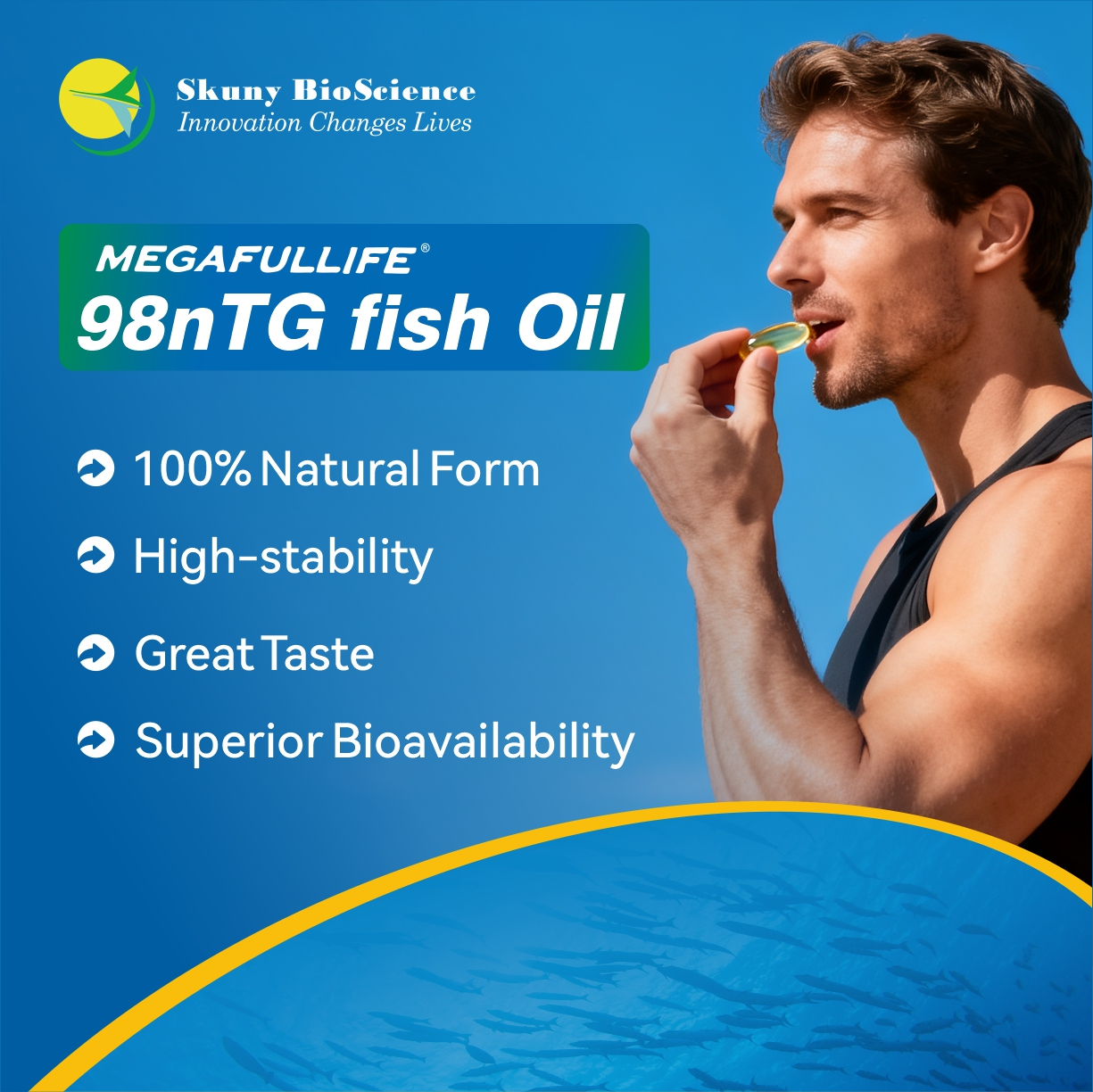Cranberry and Probiotic Powerhouses Are The ‘Next Generation of Probiotic Nutrition’
12 Jul 2016 --- New research shows that Fruit d’Or Cran Naturelle and UP4 probiotics may join forces to help fight reduce E. coli infection – a common cause of urinary tract infections (UTIs).
Researchers from the University of Wisconsin-Madison, Complete Phytochemical Solutions, Fruit d’Or Nutraceuticals and UAS Laboratories examined the potential benefit of combining two powerful functional ingredients: bioactive proanthocyanidins (c-PAC) derived from organic cranberries and a probiotic formulation made with Lactobacillus and Bifidobacterium.

Cran Naturelle Cranberry and probiotics create a synbiosis, which is condition-specific and tailor-made for a particular benefit. This is the first synbiotic cranberry/probiotic supplement targeting women’s health for both UTIs and vaginal health.
Previous research has shown that c-PAC may obstruct pathogenic E. coli’s ability to adhere to epithelial cells in the urinary tract. Lactobacillus and Bifidobacterium have previously been shown to support vaginal health.
Previous research has also found a synbiotic effect between cranberry and probiotics. The cranberry seed protein powder/probiotics formulation called LactoCran, formulated by Stephen Lukawski of Fruit d’Or Nutraceuticals, is more effective than FOS when combined with Bacillus coagulans MTCC 5856. Results show that Bacillus coagulans MTCC 5856 probiotic strain from Sabinsa has 200% more activity growth when combined with the cranberry than FOS.
The cranberry powder contains carbon and nitrogen, which feeds the Bacillus coagulans MTCC 5856 to give it fuel and provide its energy source. The cranberry also provides 40-50% fiber and 20-25% protein. The combination of fiber and protein creates a tailor-made synbiotic effect.
Based on this growing body of research, the combination of cranberry and probiotics is the next generation of probiotic nutrition.
It demonstrated the potential benefit of combining functional A-type c-PAC components in cranberry with probiotics. The results suggest that c-PAC interferes with an E. coli invasion by interacting directly with the bacteria’s surface. The probiotic blend appeared to significantly reduce the E. coli numbers by changing the environmental pH.
“Cran Naturelle was selected because of its superior quality testing program surrounding authenticity and adulteration, low water activity and standardization of high potency of PAC content containing both soluble and insoluble PACs,” according to Stephen Lukawski, Director of Sales and Business Development for Fruit d'Or. He adds, “The results are encouraging as components within the whole cranberry, such as protein and fiber, seems to provide a source of food for the probiotics to create this synbiotic effect.”
“Our study helps to confirm not only the health benefits of cranberry consumption and offers additional insight into mechanisms of action of cranberry PACs against E. coli responsible for infection, but also demonstrates the additional benefits of consuming probiotics alone or in combination with cranberry,” commented investigator Christian G. Krueger, chief executive officer, Complete Phytochemical Solutions.
Lukawski adds that the results of this in vitro study are a precursor to a human clinical study, which he hopes to begin before the end of this year.
Not all cranberry ingredients and probiotics are the same
“The efficacy of this combination will vary depending on the quality and purity of the individual ingredients. Manufacturers should do their own testing for efficacy and stability. When combined, UP4 as a finished product, and Cran Naturelle as a branded whole-food cranberry ingredient, are best in class as both are supported by science,” says Lukawski.
















